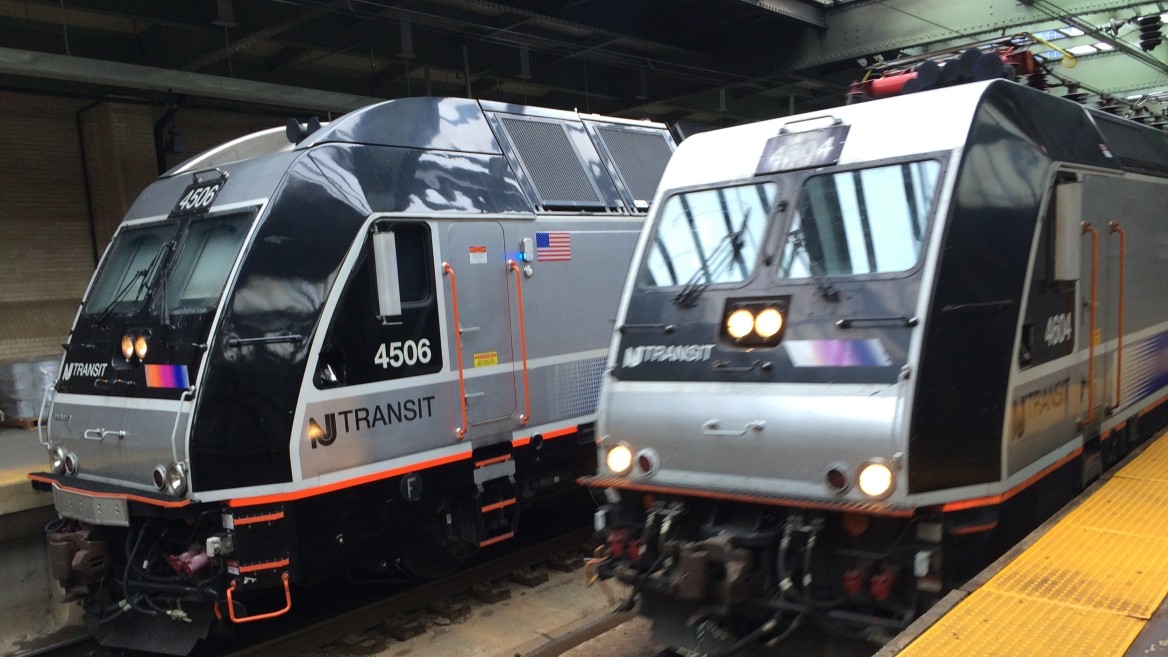New Jersey Transit TMAC II

TYLin was the Prime Consultant for the initial design of New Jersey Transit’s next-generation Train Management and Control/Supervisory Control and Data Acquisition System.
TYLin provided the initial design and specification development for the next-generation Train Management and Control/Supervisory Control and Data Acquisition System (TMAC/SCADA) called TMAC II. TMAC II is the critical system used by train dispatchers and power supervisors to remotely dispatch and monitor train movements and the traction power network. The new system provides improved safety, increased reliability, and enhanced efficiency.
The system utilizes advanced technology to monitor and control train operations, ensuring trains operate at optimal speeds with minimal delays. TMAC II also serves as the interface for other railroads and interacts with subsystems used by New Jersey Transit for equipment maintenance, crew management, scheduling, and other data affecting train operations. The specification development effort generated more than 4,000 requirements.
New Jersey Transit has re-engaged our team to provide project management support, technical feedback during preliminary and final design reviews, and official responses to requests for information. We are developing test plans for factory acceptance testing and providing document management and action item tracking for the overall project.
Project Highlights:
- TYLin developed plans and traceability matrices to ensure train dispatchers, power supervisors, and other New Jersey Transit personnel receive the TMAC II system designed to meet their operational needs.
- Our team oversees all factory acceptance and field testing for the requirements generated during the project’s specification development phase.
- TMAC II benefits include:
- More accurate and real-time monitoring of train schedules, allowing for improved coordination and communication with passengers.
- More reliable and predictable service, reducing stress and uncertainty for commuters.
- Enhanced safety features, such as detecting potential hazards and taking action to prevent accidents before they occur.